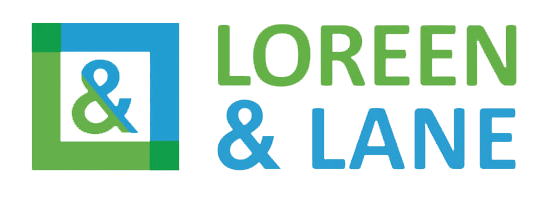Medicare is a federal health insurance program that provides coverage for millions of Americans over the age of 65, as well as individuals with certain disabilities and chronic illnesses. While most beneficiaries receive premium-free Medicare Part A coverage, many individuals must pay monthly premiums for Medicare Part B and Part D. The amount of these premiums can vary based on a variety of factors, including income.
In this article, we will explore how income affects monthly Medicare premiums and what individuals can do to manage their costs.
Medicare Part B Premiums
Medicare Part B provides coverage for a variety of services, including doctor visits, outpatient care, and preventive services. While most beneficiaries are automatically enrolled in Part B when they become eligible for Medicare, they must pay a monthly premium for this coverage.
For most beneficiaries, the standard monthly premium for Medicare Part B in 2023 is $170.10. However, for individuals with higher incomes, this premium can be significantly higher.
The income thresholds for determining Medicare Part B premiums are based on an individual’s modified adjusted gross income (MAGI) from two years prior. For example, the income used to determine 2023 Part B premiums is based on an individual’s MAGI from 2021.
The income thresholds for 2023 are as follows:
- Individuals with a MAGI of $91,000 or less and married couples with a MAGI of $182,000 or less will pay the standard Part B premium of $170.10.
- Individuals with a MAGI between $91,000 and $111,000 and married couples with a MAGI between $182,000 and $222,000 will pay a monthly premium of $280.50.
- Individuals with a MAGI between $111,000 and $138,000 and married couples with a MAGI between $222,000 and $276,000 will pay a monthly premium of $491.60.
- Individuals with a MAGI between $138,000 and $165,000 and married couples with a MAGI between $276,000 and $330,000 will pay a monthly premium of $702.70.
- Individuals with a MAGI above $165,000 and married couples with a MAGI above $330,000 will pay a monthly premium of $913.80.
It is important to note that these income thresholds are adjusted annually for inflation, so they may change from year to year.
Medicare Part D Premiums
Medicare Part D provides coverage for prescription drugs. Like Part B, most beneficiaries must pay a monthly premium for this coverage. However, the income thresholds for determining Part D premiums are slightly different than those for Part B.
The income thresholds for 2023 Part D premiums are as follows:
- Individuals with a MAGI of $91,000 or less and married couples with a MAGI of $182,000 or less will pay their plan’s standard monthly premium.
- Individuals with a MAGI between $91,000 and $111,000 and married couples with a MAGI between $182,000 and $222,000 will pay an additional monthly premium of $13.20 on top of their plan’s standard premium.
- Individuals with a MAGI between $111,000 and $138,000 and married couples with a MAGI between $222,000 and $276,000 will pay an additional monthly premium of $34.20 on top of their plan’s standard premium.
- Individuals with a MAGI between $138,000 and $165,000 and married couples with a MAGI between $276,000 and $330,000 will pay an additional monthly premium of $55.20 on top of their plan’s standard premium.
- Individuals with a MAGI above $165,000 and married couples with a MAGI above $76.20 on top of their plan’s standard premium.
- As with Part B, these income thresholds are adjusted annually for inflation.

Managing Medicare Premiums Based on Income
For individuals who fall into one of the higher income brackets for Medicare premiums, there are several strategies that can be used to manage costs.
First, it is important to explore all available options for reducing income. For example, some retirees may be able to defer income from investments or take advantage of tax deductions to lower their MAGI. This can help individuals stay below the income thresholds for higher Medicare premiums.
Another option for managing Medicare premiums is to consider enrolling in a Medicare Advantage plan. These plans, which are offered by private insurance companies, often include coverage for prescription drugs as well as other benefits not covered by traditional Medicare. In many cases, Medicare Advantage plans have lower monthly premiums than traditional Medicare, and some plans may even offer premium discounts based on income.
Finally, it is important for individuals to review their Medicare coverage annually during the open enrollment period (October 15 through December 7). During this time, beneficiaries can compare their current coverage with other options and make changes if necessary. This can be an opportunity to switch to a Medicare Advantage plan or to change prescription drug plans in order to lower monthly premiums.
Conclusion
Income can have a significant impact on monthly Medicare premiums, particularly for individuals with higher incomes. By understanding how Medicare premiums are calculated and exploring options for managing costs, beneficiaries can make informed decisions about their healthcare coverage and ensure that they are getting the most out of their benefits.
If you have questions or concerns about your Medicare coverage or need help finding a plan that suits your needs, don’t hesitate to contact the Medicare Answer Team. Our team of knowledgeable agents can provide personalized assistance and help you navigate the complex world of Medicare and insurance plans. Call us today to schedule a consultation and take the first step toward securing the healthcare coverage you need.

